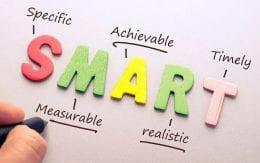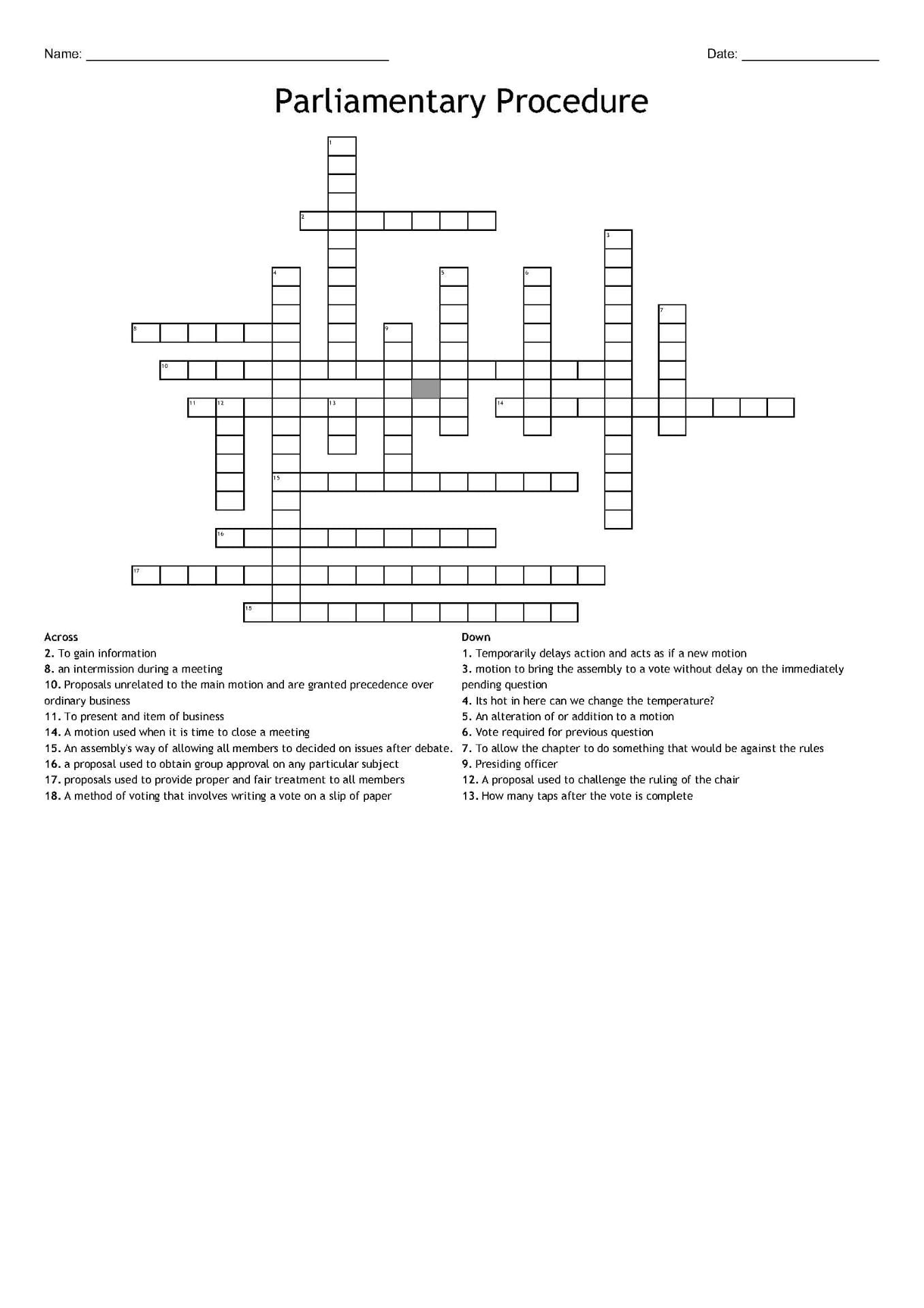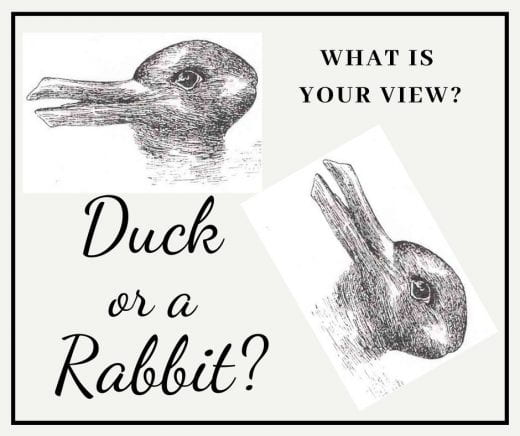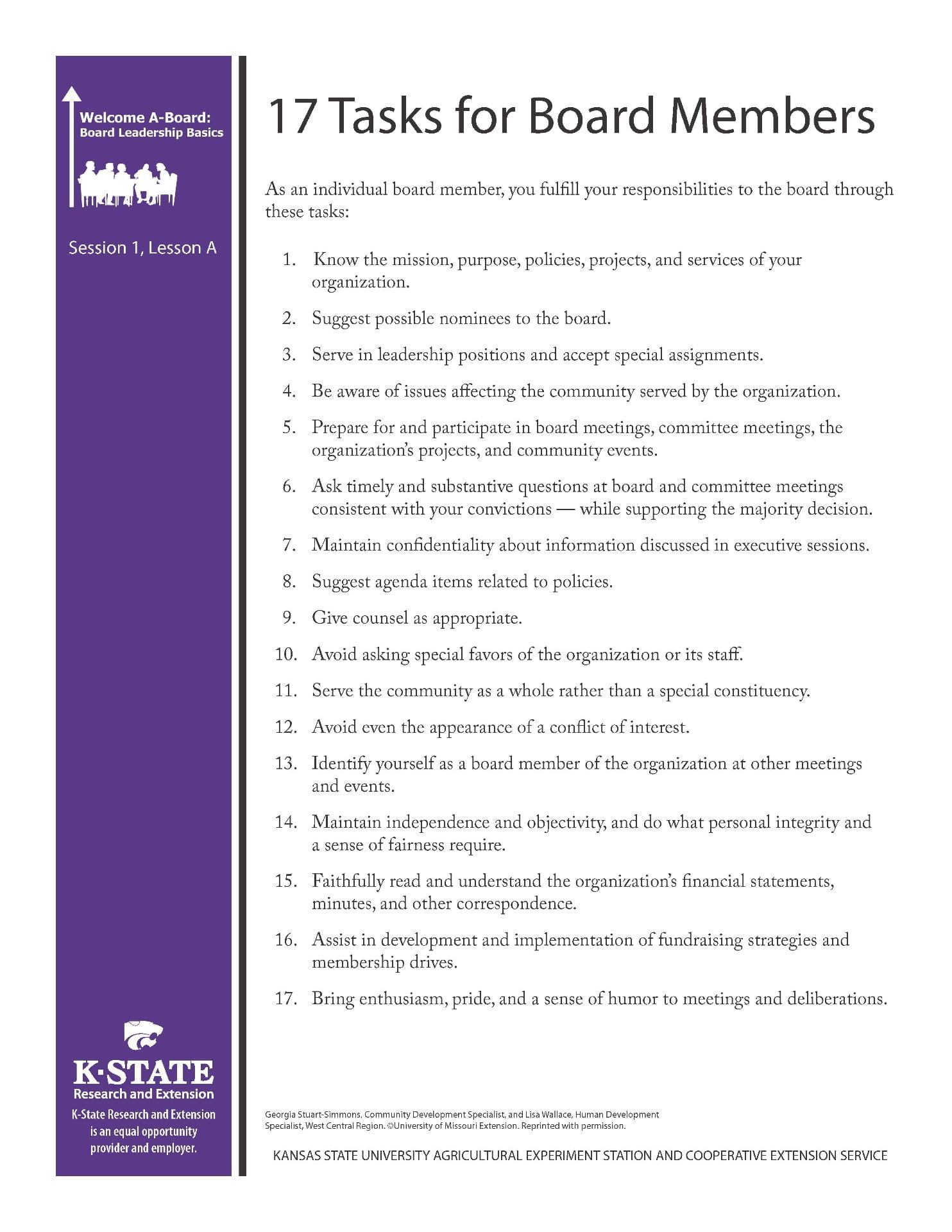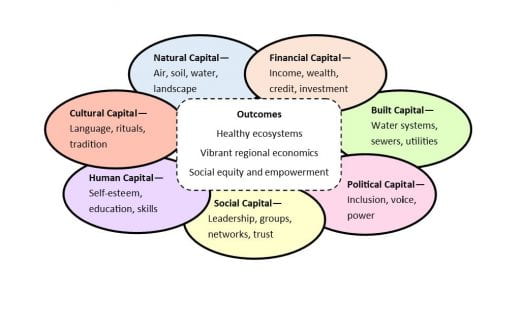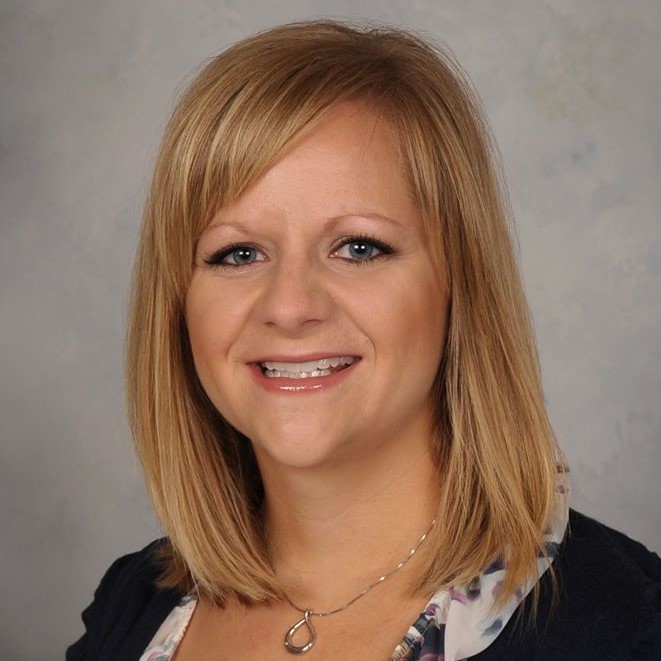Sharing Your Heritage
By Nancy Honig
Passing on personal possessions is a process that occurs for almost every person in every kind of family. After the loss of my own mother there was a great deal of generational personal property such as photographs, dishware, antiques and items that were more sentimental or historical in value than of monetary value. The majority were items my mother had from her own parents and grandparents and required a lot of decisions on what to do with them.
As your family gathers during the holidays it may be time to have some discussions about what to do with those personal types of family possessions. Begin to ask the question about what happens to your personal property when you are gone. Who decides who gets what? We often plan for the titled property such as a home, savings account, or vehicle, but what about the smaller items such as furniture, family documents, pictures, jewelry.
Smaller items may have sentimental value or meaning to more than one person, and it is often difficult to divide them in a way considered fair to all parties. People commonly have a different perception of what constitutes a fair process and fair results. Grandpa’s hat collection or Grandma’s costume jewelry
One of the biggest challenges in thinking about the transfer of property is that it makes us think of our own mortality. Talking about one’s possessions is much more personal than talking about financial assets. It often means facing one’s own death as well as the death of family members.
I have personally witnessed how different families react to talking about the issues of dying and transferring items. Some will have a very cavalier attitude that they won’t be around, so they don’t care who gets what or who fights about what. Some plan to control what happens to items even after they are gone, and some choose to make it an important family topic with input from all.
Consider giving it some discussion when the family is gathered during the holidays. If you are interested in learning more, I will be offering a program from the University of Minnesota Extension entitled, “Who Gets Grandma’s Yellow Pie Plate”. This program will help you walk through the steps to understand the sensitivity of transferring personal property, how to set your goal, how to determine what fair means, how to identify special objects to transfer and how to distribute them. Most importantly it covers managing conflicts if they arise.
The class will be offered January 12th at the Dudley Township Library in Satanta at 6:30 p.m., January 17th at the Stevens County Extension Office in Hugoton over the noon hour, and at the Haskell Township Library in Sublette, January 4th at 6:00 p.m. There is an excellent workbook to accompany the class that will be offered free for the first 15 people that sign up.
If you are in are in a place in your life where you are ready to start passing on possessions, or you are tasked with passing someone else’s on, this will be a great opportunity for you. Call the Stevens County Extension Office at 620-544-6787 to sign up for their location or the libraries in Satanta and Sublette to attend their locations.
